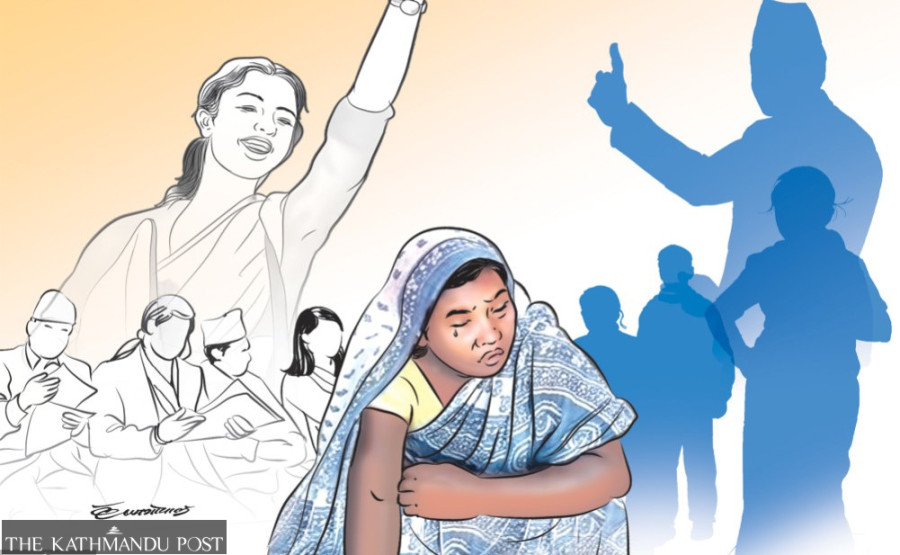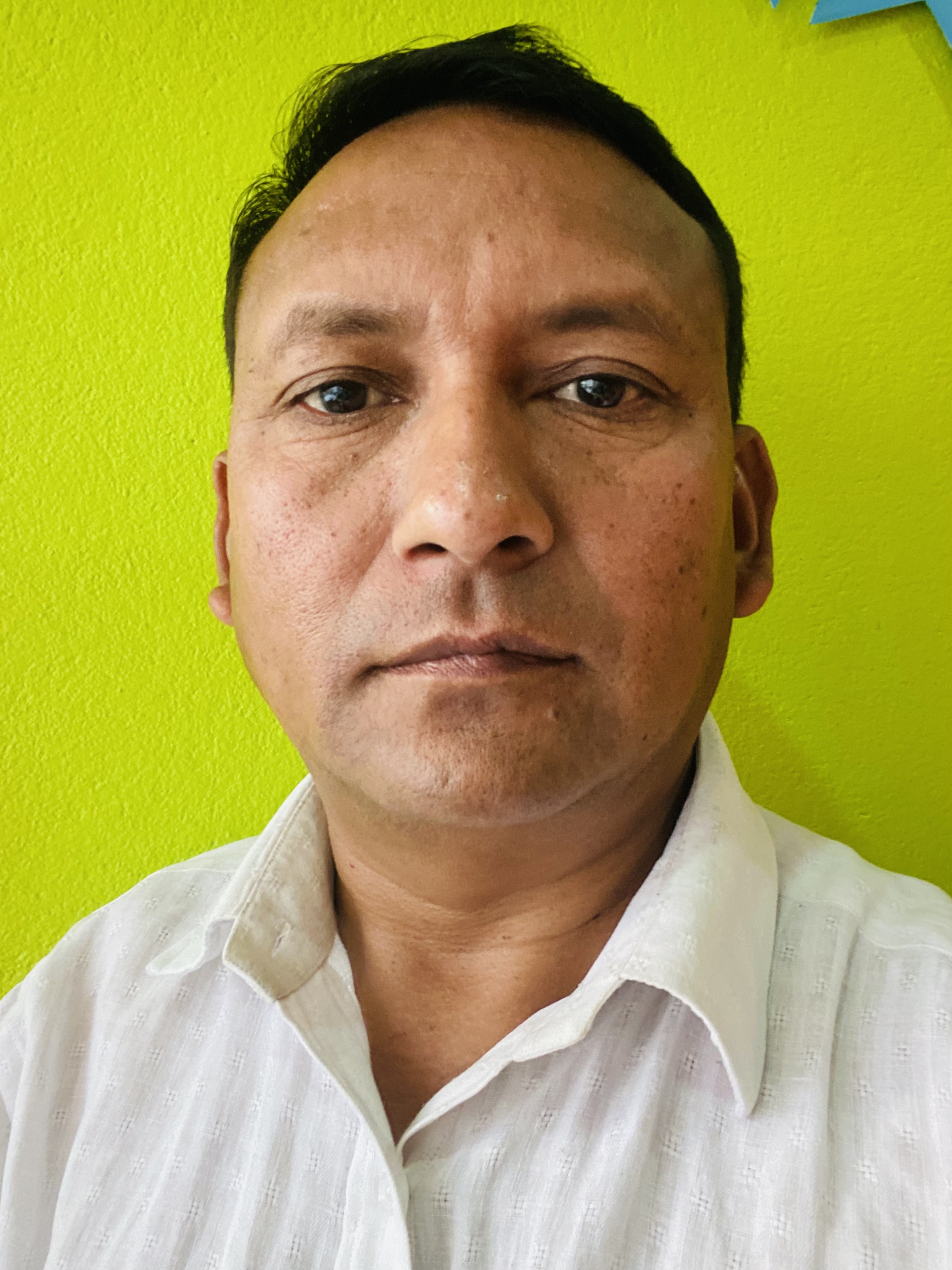Columns
Reviewing Amnesty’s report on Dalits
Caste is so sacred for many Nepalis that they would rather go to jail or die than flout caste rules.
Mitra Pariyar
“It [Nepal] must move away from merely paying lip service to the ideals of achieving equality for all but take a concrete human rights-centric approach to relegating descent-based discrimination to the dustbins of history.” These are the powerful words of Fernanda Doz Costa, Amnesty International’s director of the gender and racial discrimination programme, at the launch of Amnesty International Nepal’s report on Dalits on May 10, 2024. Researched in 2023, the report is entitled ‘“No-one Cares”: Descent-Based Discrimination Against Dalits’.
In this column, I analyse the report, focusing on its strengths and limitations while appreciating its potential value for the Dalit freedom struggle.
A useful exercise
All the talk about human rights and justice appears hollow in today’s world as we watch the horrifying images of the Israeli forces slaughtering tens of thousands of Palestinian civilians—many of them women and children—with total impunity. Even the United Nations has failed to stop this genocide.
One wonders, then, what difference the voice of any human rights organisation or movement would make in any way, anywhere at all. While the concerns of international human rights organisations like Amnesty International may practically mean nothing for rich and powerful countries with powerful blind supporters like Israel, they could still prove useful in powerless and donor-dependent countries like ours. Here, Western governments and agencies have a degree of leverage, which could be utilised to liberate the suppressed masses.
I, therefore, commend the organisation for carrying out this research on the largely forgotten caste discrimination issue. If anything, this report helps amplify voices against the persistent suffering of the Dalits and the total apathy of the state and non-state actors, both at the national and international levels. The study’s findings are largely consistent with the everyday experiences of most Dalits across the country and, to some extent, in the diaspora communities too.
Additionally, the Amnesty report gives a set of specific and notable recommendations to the federal parliament, the prime minister’s office, the home ministry, as well as to the National Human Rights Commission, the Dalit Commission and UN agencies to take Dalit issues seriously and take appropriate measures to tackle them. Indeed, silence and inaction have persisted for too long while Dalits continue to be killed, injured, raped, humiliated and excluded; caste bigotry and hate are on the rise. And, as the report rightly suggests, Dalit women and girls have suffered the most.
The report’s findings and recommendations can help Dalit activists raise their voices and garner wider support and solidarity for their cause. It could become a catalyst for generating greater interest in the issue and reviving and revitalising the Dalit movement, which has become dormant over the years.
Forgotten religion and culture
The Amnesty report repeatedly asks Nepali authorities not to limit Dalit problems to criminalisation and to find a more holistic solution. Unfortunately, the report itself lacks a nuanced or holistic analysis.
Too much emphasis on impunity and an unresponsive legal and judicial system overshadows the bigger picture. The analysis is shallow, as religion and culture, the tectonic plates that move the whole thing, have been ignored. The report does occasionally mention the “Hindu caste system” but refrains from delving into it. This is a wrong approach because the fundamental underlying cause of the persistence and prevalence of caste discrimination is the Hindu religion and culture.
I don’t state this as a scholar or an activist; ask any non-political and ordinary Dalit person, and the facts will become clear. In the everyday experience of the Dalits, including many Dalit leaders and activists themselves, caste-based humiliation and exclusion are based on their ritually polluted status. Lack of access to power, poverty, illiteracy and other factors are secondary.
As we sometimes see in news reports, even mayors and ward or municipal chairs in many parts of the country face caste-based exclusion. I’m sure many Dalit lawmakers themselves would struggle to rent property in Kathmandu because the landlords fear offending their ancestral spirits and other deities through contact with the ritually polluted!
Herein lies the root of the problem: Nepalis are highly religious and spiritual people who live in constant fear and awe of their gods, their lineage deities, and the spirit of their dead ancestors. There is a strong belief that any transgression of the traditional ritual hierarchy based on caste would offend the supernatural powers, thereby causing death and destruction in the family and community.
Caste is so sacred that many Nepalis would rather go to jail or even die than flout certain caste rules and “invite” the terrible wrath of their gods or deceased relatives. For these fundamentalists, state laws and law enforcement hardly mean anything.
Why has there been a surge in attacks against the Dalits in recent years? Why don’t many police officers, administrators and judges take the caste discrimination issue seriously? Why do prime ministers and ministers and legislators turn a deaf ear to Dalit voices for change? Why have Dalit activists themselves not been very effective in defending their rights?
All these questions can be answered with just two words: Religion and culture. There is a contradiction between state laws and religious/cultural laws. Today’s policemen and judges probably don’t need to be preached about universal human rights, but they also cannot deny their long-standing cultural and spiritual beliefs and practices of keeping their castes sacred.
If religio-cultural traditions have greatly ‘caste-ified’ our social psychology, how can those in legal and judicial power positions be immune from it? This is the crux of the problem that needs unpacking by all sides.
Problem with methodology?
I understand the sensitivities surrounding religion and culture in any country or society. I don’t know why the Amnesty report remained silent on these complex yet vital issues. However, I suspect part of the problem lies in the research methodology itself.
If you want new insights into any topic, you must involve and work with the younger generation. During the report’s launch, I saw the same old faces of Dalit activists and lawyers. I don’t mean to undermine their ongoing and historical contribution, but the new and younger generation also deserves a voice.
The report was prepared with support from and consultation with Dalit non-governmental organisations that have long been commanded by the same old people. Moreover, they are usually connected to a political party, and upper-caste leaders invariably control every party. No wonder, mainstream Dalit discourse is still shy about putting religion and culture in the spotlight.
The report itself makes it amply clear that the Dalit movement thus far has been toothless and that there is a need for new ways of tackling the problem. However, to show a new direction for freedom fighters and organise a paradigm shift, international players must move beyond their usual consultation with the same old activists and groups and find new kids on the block. Talking directly with the ordinary Dalits instead of through mediation with established groups would make ground realities apparent.




 7.47°C Kathmandu
7.47°C Kathmandu















